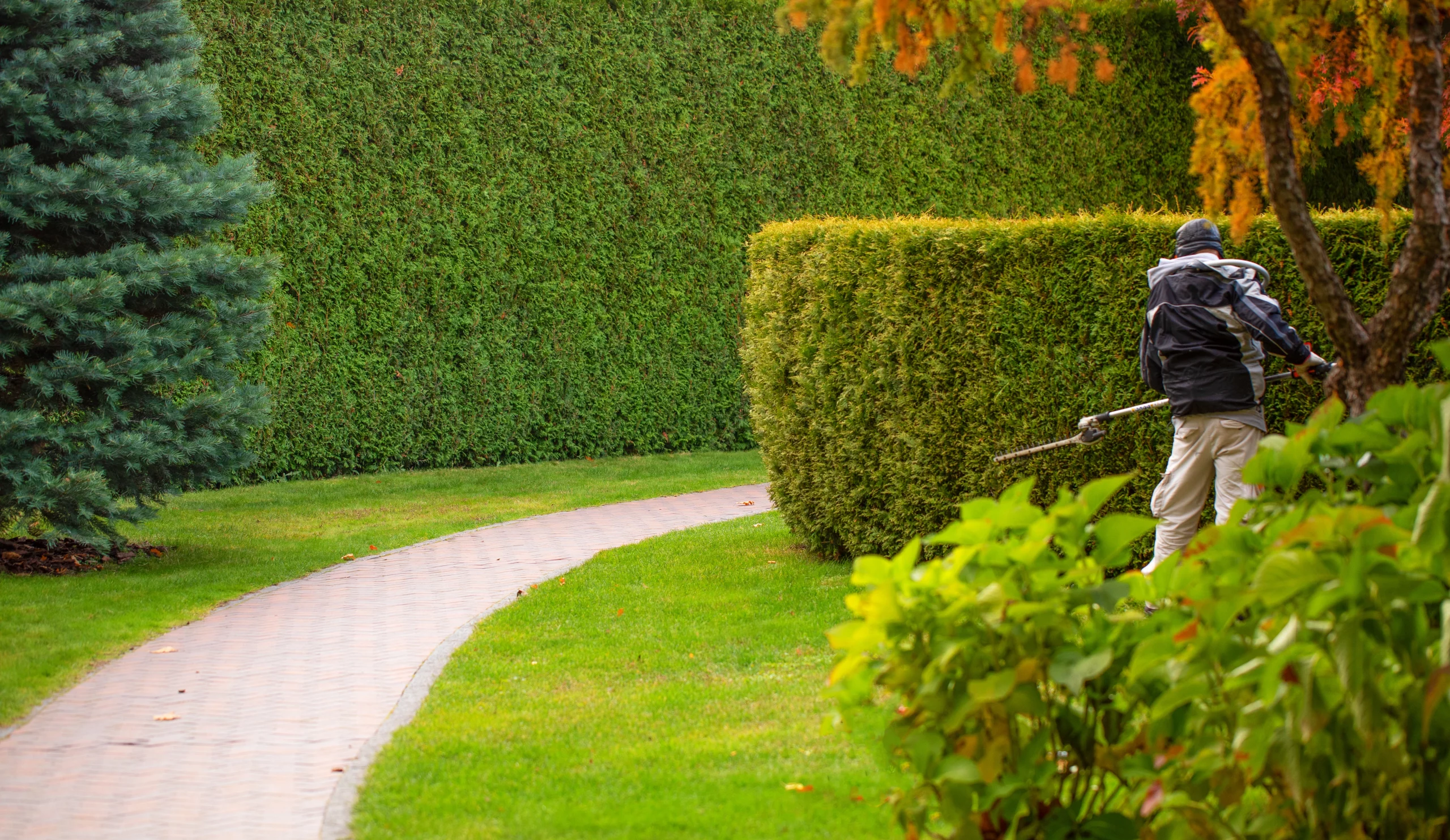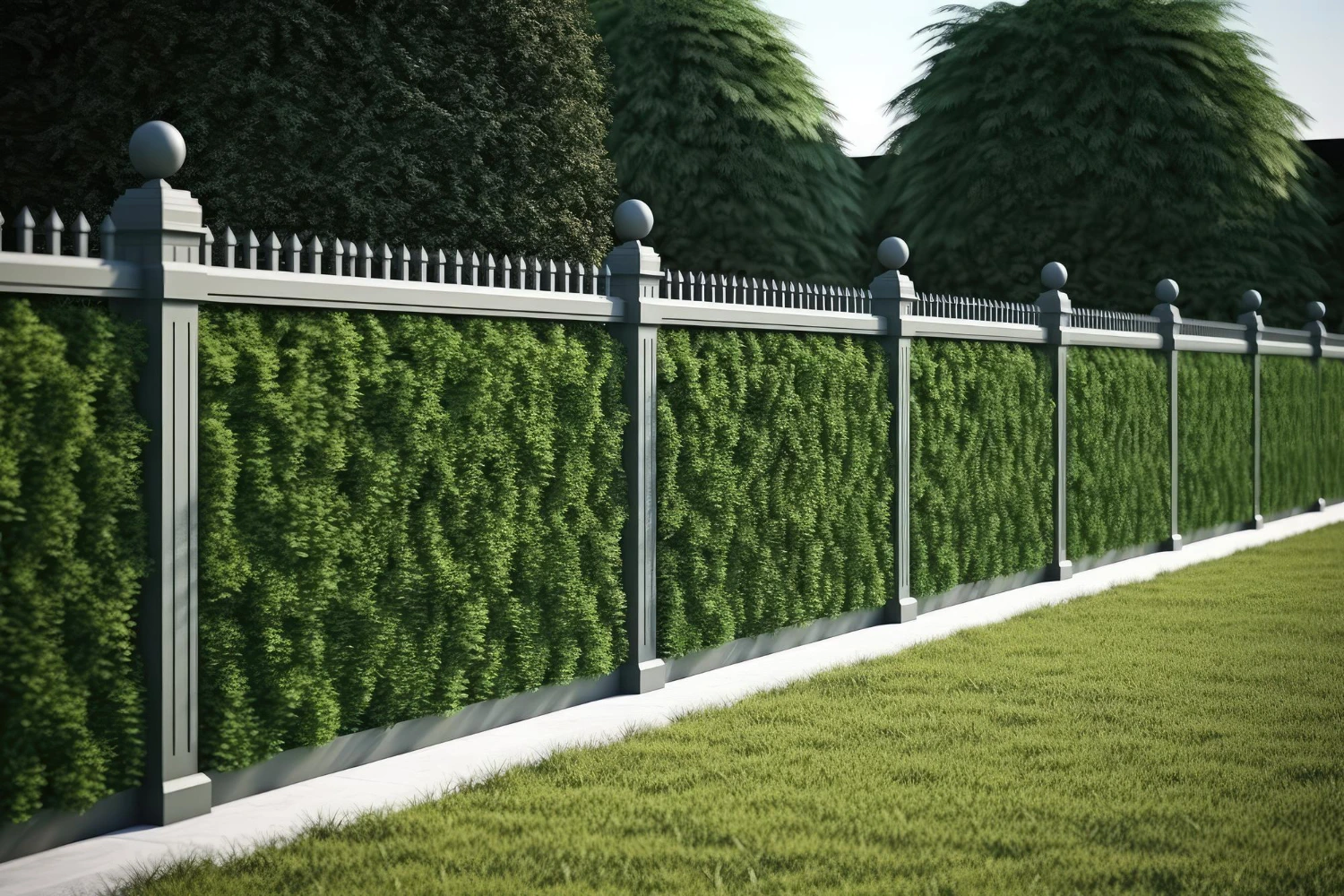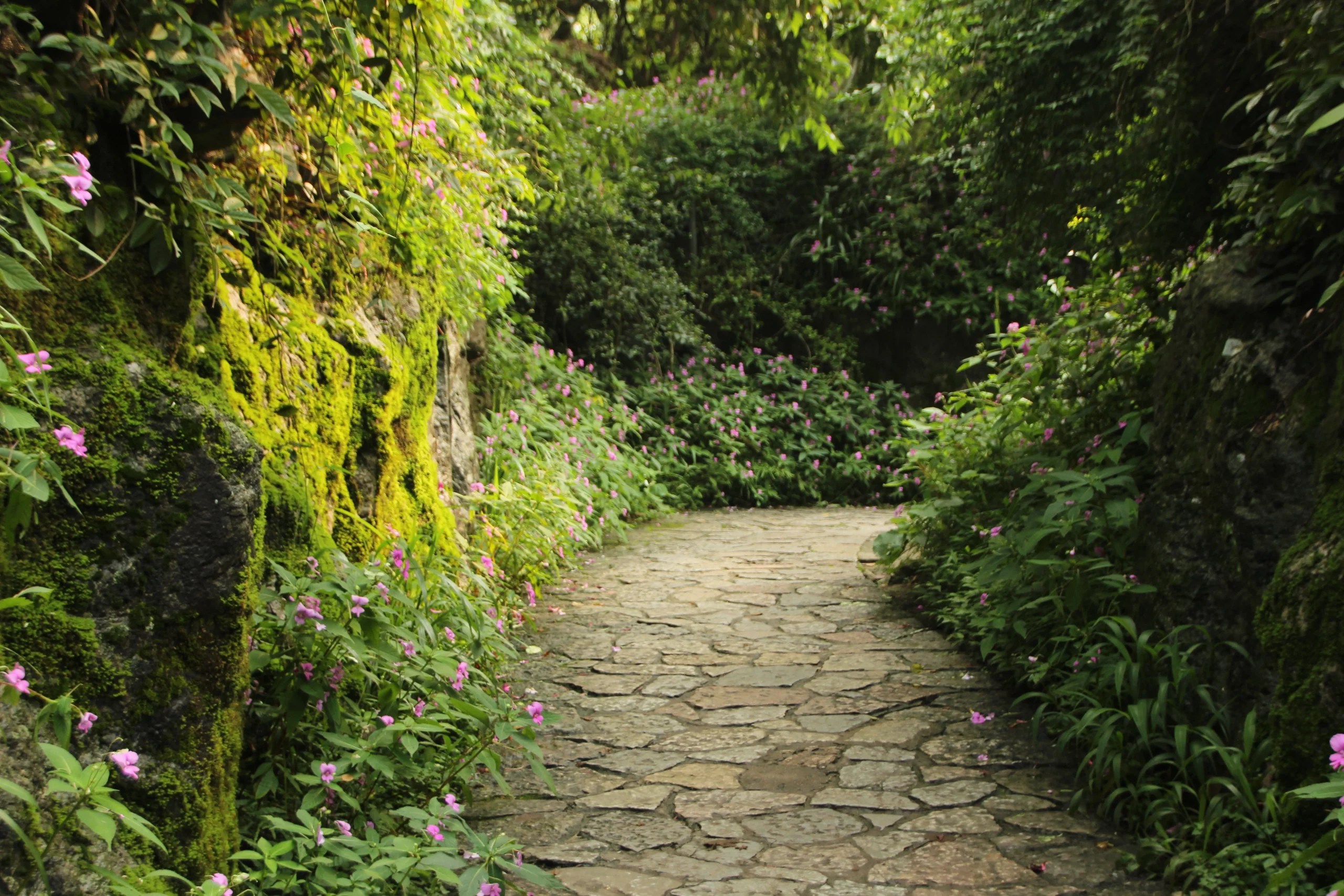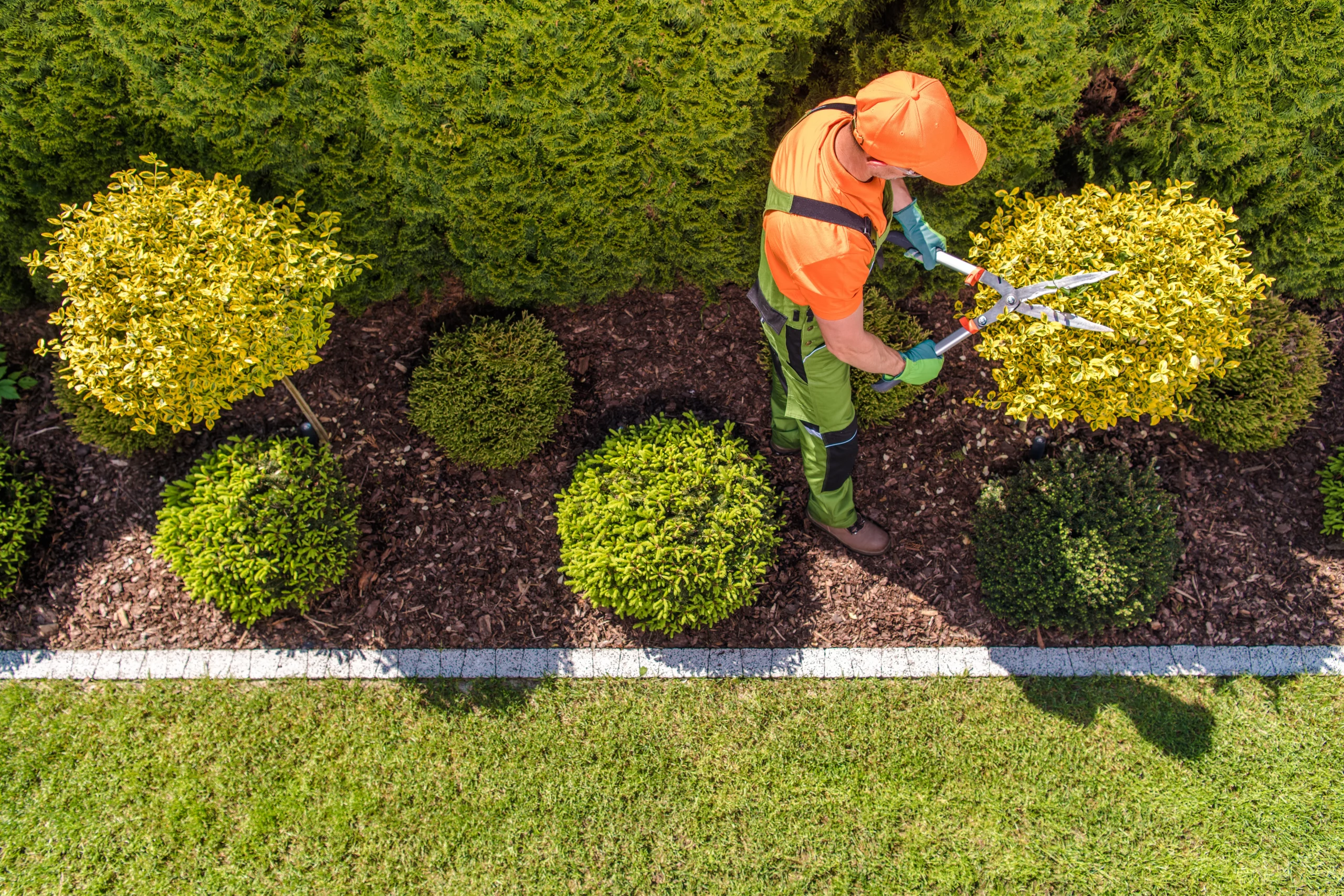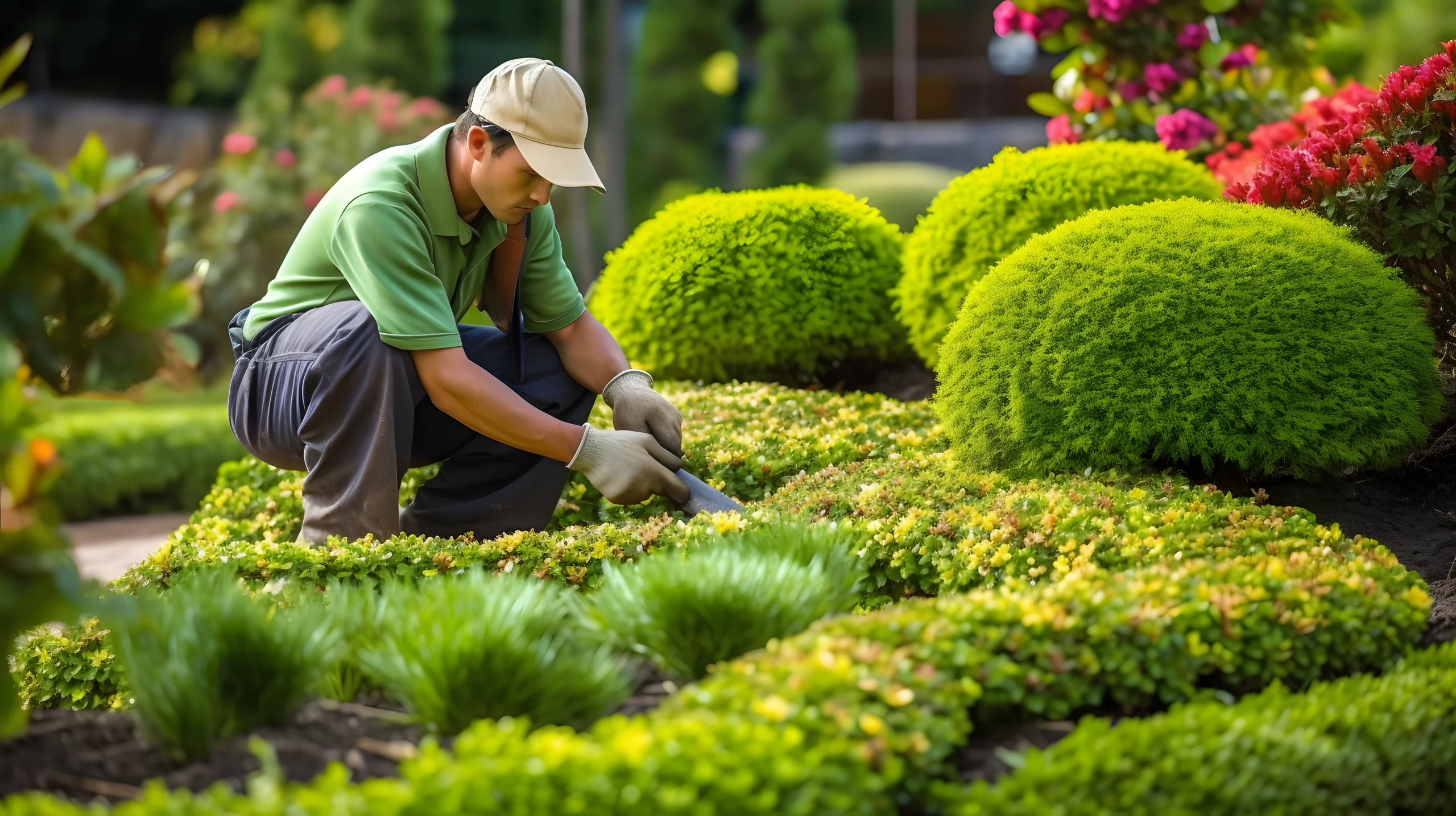How high can a garden fence be
How High Can A Garden Fence Be? Understanding UK Regulations
Posted by Peter | Updated July, 2024 | 10 Min Read Time
At a glance
- The maximum height for a front garden fence is typically 1 metre and the rear garden fence is 2 metres
In this article, you’ll find the following:
- Fences typically require adherence to height regulations set by local councils.
- Planning permission is often not needed for back fences up to two metres.
- Front fences have different regulations, particularly if adjacent to public spaces.
When considering the addition of a garden fence to your property, it’s important to know how tall it can be. The height of a fence is not only a matter of preference for design, privacy, and security but is also subject to regulations set by local authorities.
In most cases, fences in back gardens may be up to two metres high without the need to obtain planning permission. However, for the front of the property, there are different considerations, especially if the fence is adjacent to a road or pavement.
Getting the balance right between the practical needs of security and privacy and the legal requirements can be tricky. Homeowners should check with their local council to confirm permitted heights for their specific area. Compliance with these regulations is crucial to avoid any legal issues that could arise from overlooking these rules.
Furthermore, if you’re on a shared boundary with a neighbour, it’s always good practice to discuss any fencing plans to maintain good relationships with them.
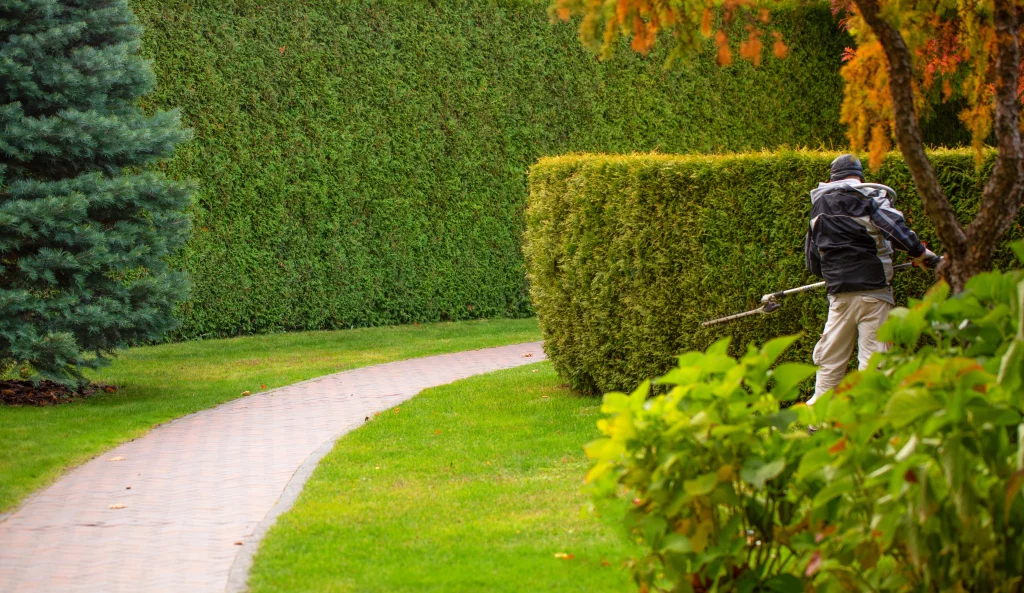
The Maximum Height For A Front Garden Fence Is Typically 1 Metre And The Rear Garden Fence Is 2 Metres
Is it time to renew your fence this year?
Some Critical Aspects Often Missed when Planning Your Garden Fence
Front Garden Fence Height: In the UK, the maximum height for a front fence is typically 1 metre (3.2 feet) without planning permission, especially if the property is adjacent to a highway, including pavements and footpaths.
Back Garden Fence Height: For the rear of the property, fences can usually stand up to 2 metres high. It’s the common height for privacy and security purposes and corresponds with the height of standard fence panels available from suppliers, this doesn’t include the height extension of a trellis.
Planning Permission Variances: While 2 metres is standard for back fences, planning permission may allow for higher structures. Homeowners should verify any such plans with their local council before proceeding.
Community Impact: The height of a fence can have a social effect, with lower fences potentially fostering a more community-oriented atmosphere. However, personal preferences on privacy should be balanced with consideration for neighbours and local regulations.
Local Council Consultation: It’s crucial to consult the local planning authority as specific areas may have unique rules or restrictions regarding fence heights beyond general UK regulations.
Navigating Garden Fence Regulations: What You Need to Know
Proper knowledge of fencing regulations is essential for all UK homeowners to ensure that their garden enhancements meet legal standards and avoid potential disputes.
The Essentials of Garden Fence Legalities: Erecting Fences with Confidence
In the UK, the typical maximum height for a boundary fence in the back garden without planning permission is up to 2 meters. For front fences, the maximum height is usually limited to 1 m, especially if the fence adjoins a road or pavement. Before proceeding with any fence installation, it’s crucial to confirm the local height restrictions to ensure compliance.
Understanding When to Apply for Planning Permission for Your Garden Fence
Should a homeowner wish to have a fence taller than these height restrictions, they must submit a planning application to their local authority. Erecting fence panels or hedges that exceed the legal height may require planning permission, ensuring that the structure will not obstruct views or cause issues for neighbours.
Adhering to Local Council Policies for Your Front and Back Garden Fencing
Each local council may have its own set of policies regarding fence heights. It’s recommended to check with the land registry to verify the exact boundary fence location and consult with the local planning department regarding any additional regulations.
The Importance of Respecting Conservation Areas and Listed Buildings When Installing New Fences
For properties within a conservation area or featuring listed buildings, there might be stricter regulations. These areas are subject to specific council guidelines that aim to preserve the character and appearance of the locality. Homeowners must be particularly diligent in seeking approval from the relevant authorities before erecting any fencing to avoid legal complications.
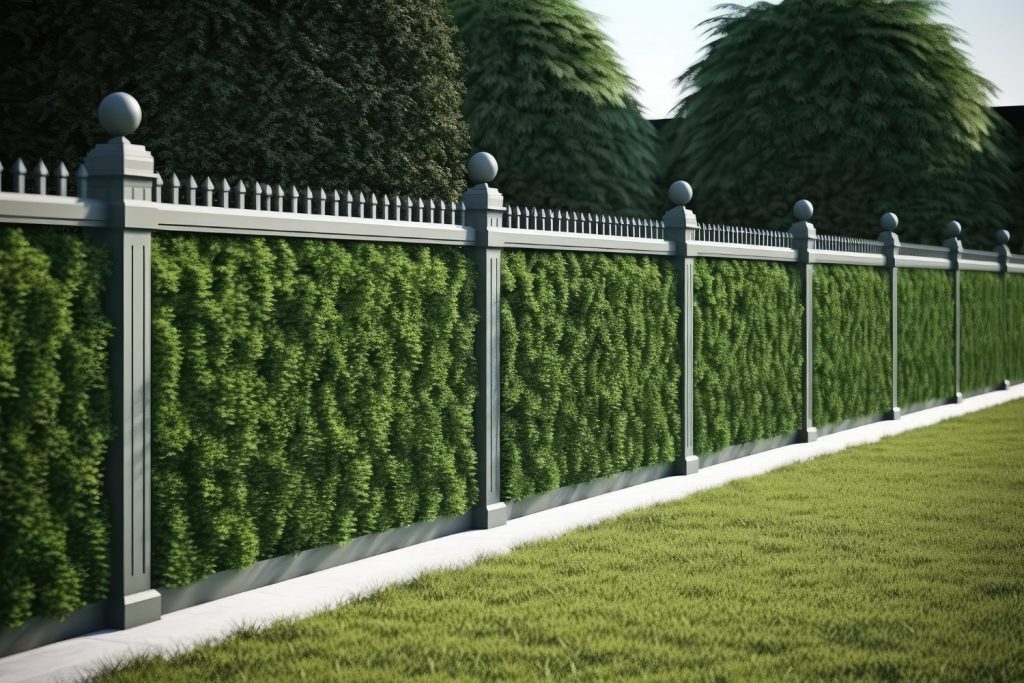
Conclusion: Ensuring Your New Fence Complies with Maximum Height and Style Requirements
When considering the installation or modification of garden fences, one must keep in mind the array of factors that contribute to the final decision. Fence height regulations in the UK typically cap back fences at 2 metres to prevent neighbour disputes and maintain aesthetic uniformity. Front fences or those adjacent to highways are generally limited to 1 m for safety and visibility considerations. It is possible, however, to employ fence toppers or pleached trees to increase height privacy and security, as long as these modifications align with local guidelines.
The responsibility for maintenance and repairs often falls to the fence owner, who is usually the person who had the fence installed. Before making any changes, you should seek advice from a planning consultant to avoid potential fees or fines arising from non-compliance with legal height restrictions.
Furthermore, garden boundaries should not only serve practical functions but also complement the overall landscaping and create inviting outdoor spaces. If there are children and pets in the household, the choice of fencing materials plays a critical role in ensuring their safety.
Finally, it is essential to maintain neighbourly relations during the fence selection and installation process. Good communication is a must and can often avoid neighbourly disputes, fostering a harmonious community environment. Considering these points will ensure the enhancement of your outdoor space is carried out smoothly and within legal parameters, ultimately contributing to a high-quality gardening landscaping project. Feel free to contact our team if you have any questions or concerns, we’d be happy to help.



